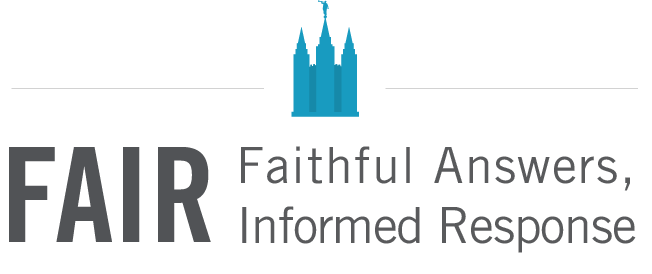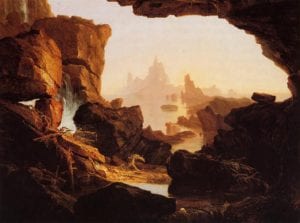
An Old Testament KnoWhy for Gospel Doctrine Lesson 6: “Noah … Prepared an Ark to the Saving of His House” (Moses 8:19-30; Genesis 6-9; 11:1-9) (JBOTL06A).
Question: In the Bible, Noah’s ark is described as a huge, rectangular box with three floors and a roof, which makes it sound more like a building than a boat. Was Noah’s ark designed as a floating “temple”?
Summary: In the Bible, God reveals the design of three man-made structures: two of these are temples and one is Noah’s ark. To ancient Israelites, the dimensions, shape, layout, materials, and function of the Ark would have immediately suggested that it, too, had been designed as a “temple.” In addition, the story of the Flood explicitly echoes the scenes of Creation and Eden found in the story of Adam and Eve, including the Ark’s final destination on the heights of a mountain.
The full article may be found at the Interpreter Foundation website: KnoWhy OTL06A — Was Noah’s Ark Designed As a Floating Temple?
As a video supplement to this lesson with additional details and artwork not included in this article, see Jeffrey M. Bradshaw, “The Ark and the Tent: Temple Symbolism in the Story of Noah” on the YouTube Interpreter Foundation channel (https://www.youtube.com/watch?v=kIfArfB54Mk ).
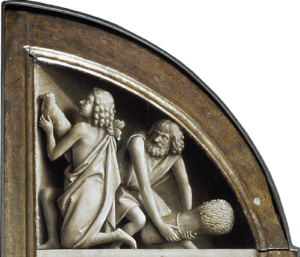

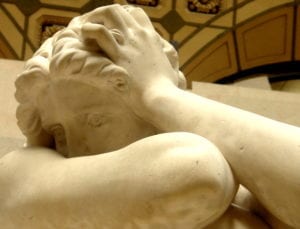



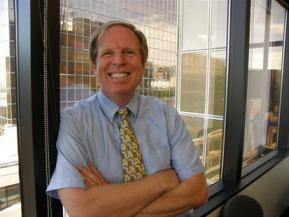
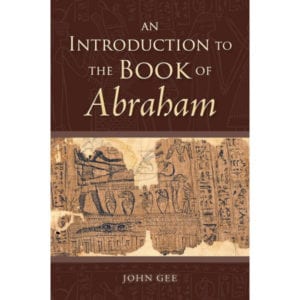
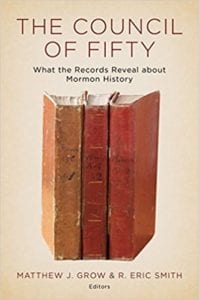 Publisher: Religious Studies Center, Brigham Young University
Publisher: Religious Studies Center, Brigham Young University